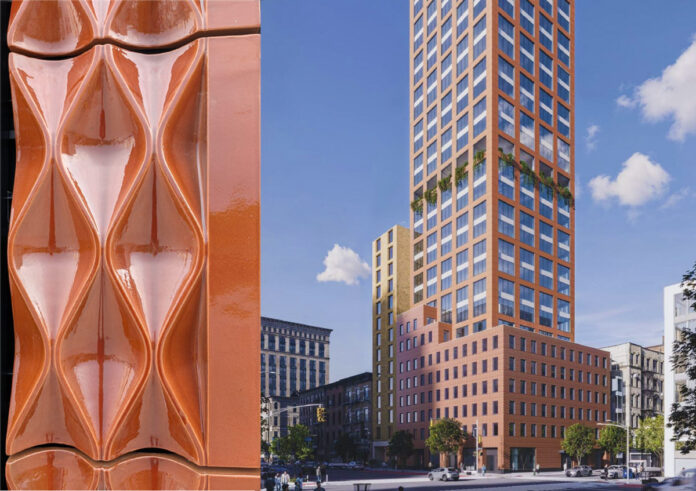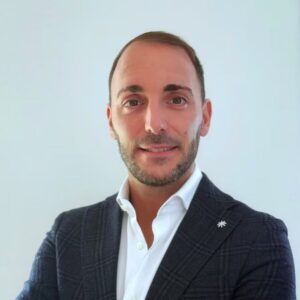With the third edition of the Performance-Based Façade Design (PBFD Venice 2025), façade engineers, architects, and developers gathered to witness the evolution of building envelopes at the intersection of advanced technologies and natural elements. Facade Today continues its commitment to capturing the spirit of experimentation and innovation, covering cutting-edge material research that imparts distinctive identity, resilience, and sustainability to the contemporary city skyline.
Among a diverse lineup of international speakers, a selected panel comprising Andrea Mazzocco (Simeon), Stephen Katz (Gensler), and Ingo Stelzer (Kuraray) stood out for their presentations dedicated to material innovation in façade design. Each brought a distinctive approach: championing artisanal terracotta, exploring stainless steel’s versatility, and advancing high-performance interlayers. Their collective insights demonstrated how focused material strategies can drive technical, aesthetic, and sustainable progress in the built environment, reflecting the richness and complexity of this year’s conference program.
Terracotta Craftsmanship Reimagined: Andrea Mazzocco (Simeon)
Andrea Mazzocco’s presentation spotlighted 401east 51 street, New York City, a 29-storey project that redefines the potential of terracotta in high-rise facades. With over 9000 terracotta units incorporated through 1400 unitised panels, the building celebrates both tradition and technical ingenuity. Terracotta was chosen for its sustainable and circular lifecycle. It resists deterioration, lends itself to re-use and reglazing, and is manufactured with a closed water system, reducing environmental impact.
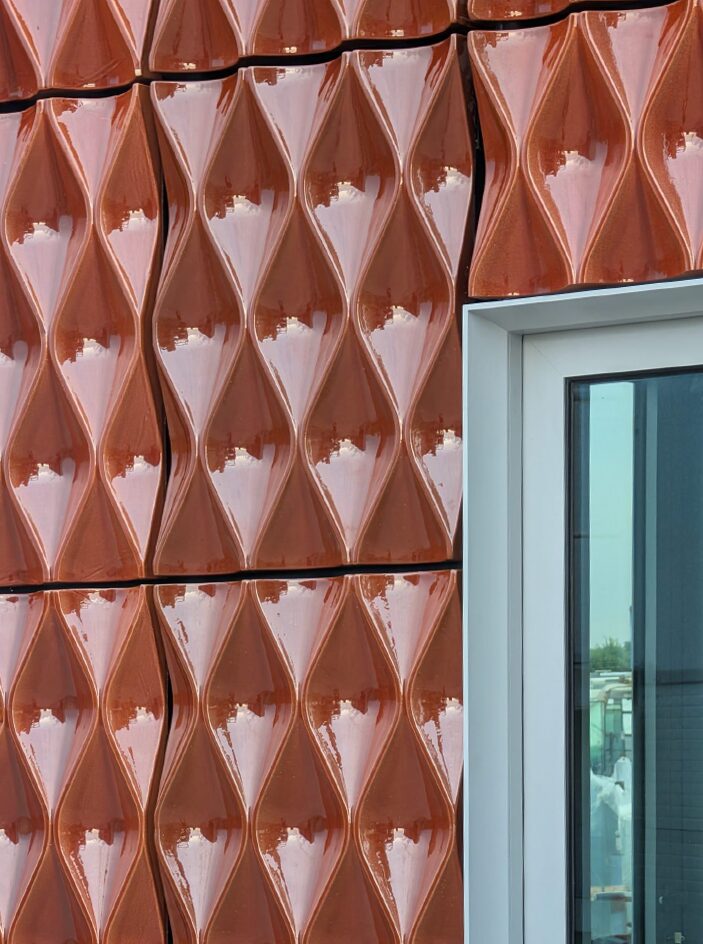
The path from tradition to innovation began with complex modelling based on the architectural files. The project required inventive design solutions to develop a fixation principle strong enough for unique shapes. Structural verification through FEM analysis ensured all tolerances were absorbed, and extensive durability testing including 300 freeze-thaw cycles, and impact tests confirmed structural integrity against internal cracking. The development of the cladding system had to reconcile performance demands with design ambition, all validated in Simeon’s own testing facility to ensure regulatory compliance.
The presentation also emphasized the evolving role of craftsmanship and technology. By marrying age-old materials with modern development approaches, the project showcases how terracotta can achieve not just aesthetic vibrancy but also longevity and environmental responsibility. The building stands as an experiment in circularity, demonstrating that when material history is met with advanced analysis and robust testing, façades can embody both heritage and high-functionality.
Stainless Steel Façade Panels in Silicon Valley: Stephen Katz (Gensler)
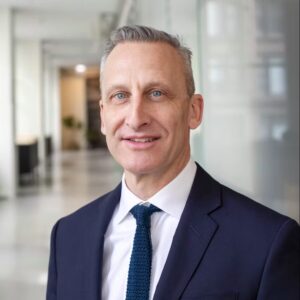
Stephen Katz explored the characteristics and impact of stainless steel on the facade of 200 Park in San Jose, California, a progressive office development in Silicon Valley, designed by Gensler. In a region celebrated for radical innovation, the project illustrates the evolution toward a more mature and organized office environment, as seen at Apple HQ, while Silicon Valley remains synonymous with the chaotic workspace models exemplified by Meta HQ.
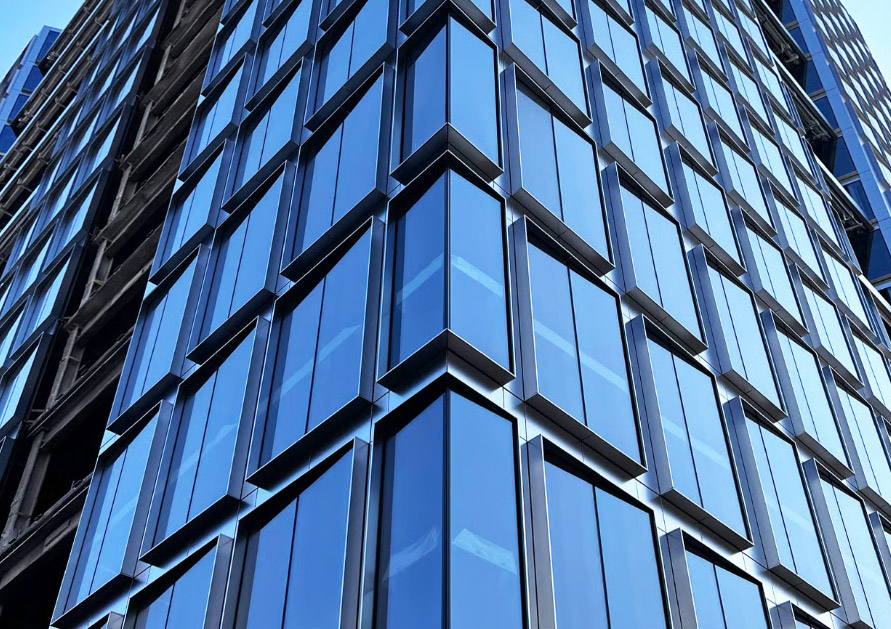
Stainless steel has a storied architectural legacy with the Chrysler Building in New York City, Inland Steel in Chicago, and Disney Hall by Frank Gehry. It is now being reinvented for large-scale, high-performance office buildings. At 200 Park, the design is characterized by a monolithic block with carved “solar canyons,” offering both sculptural drama and self-shading capability. The chosen steel type provides a warmer, less industrial feel, compatible with the site’s ambitions. Stephen Katz laid out the challenges: integrating stainless steel into a unitized curtain wall system required careful attention to panel thickness, flatness, and the mitigation of “oil canning,” a visual distortion. Each facade (north, east, south, west) features custom panel widths to maximize aesthetic and functional outcomes. Parametric modeling optimized the layout to reduce solar heat gain in compliance with California’s strict energy regulations. Extensive embodied carbon calculations revealed stainless steel’s advantages over aluminium cladding, with greater durability, lower maintenance, and competitive environmental performance.
His presentation highlighted a future where high-rise façades need not sacrifice performance for aesthetics. Stainless steel, properly deployed, can address solar control, durability, and visual impact, demonstrating that sustainable, beautiful buildings can thrive even within the technical and regulatory demands of Silicon Valley.
Sustainable Laminated Safety Glass: Ingo Stelzer’s Technical Innovations (Kuraray)
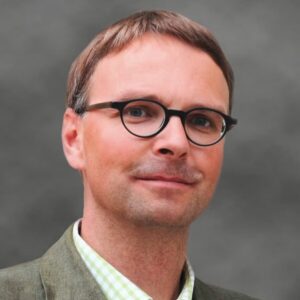
Ingo Stelzer’s presentation for Kuraray at PBFD 2025 placed major emphasis on sustainable laminated safety glass, focusing on practical ways to reduce environmental impact. Kuraray aims for net-zero CO2 by 2050 and is boosting sustainability in its Interlayer Solution Division, cutting CO2, increasing recycling, and reducing raw material use at all factories.
Ingo Stelzer unveiled the “R3” interlayer product portfolio (Reduce, Reuse, Recycle) and a new CO2 classification system for interlayers, giving facade professionals a precise framework to evaluate and specify lower-carbon options. The initiative promotes transparency and aspires to industry standardization, helping teams select greener glass for facades.
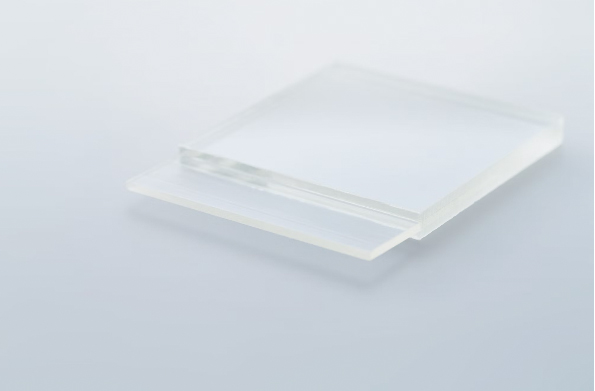
Key innovations include recycled PVB and bio-based materials, providing eco-friendly alternatives that reduce carbon footprints without compromising glass safety or performance. Increased use of these structural interlayers lets designers specify thinner glass of equal or better strength, saving energy and shipping effort while further reducing emissions.
Ingo Stelzer also highlighted Kuraray’s Carbon Reduce AI and Strength Lab AI tools: digital platforms for footprint calculation and interlayer selection. These empower facade engineers to optimize for both sustainability and performance, and to further reduce the need for heavy support structures.
Looking forward, Kuraray’s Structural Class A and B portfolio and an evolving online Carbon Reduce optimizer aim to help architects and engineers specify more efficient and sustainable solutions for tomorrow’s building envelopes.
Kuraray’s technical innovations show a path toward industry-wide CO2 transparency, expanded recycled product offerings, and smarter specification with digital optimization, empowering the industry to meet both environmental and technical expectations for the next generation of facades.
Conclusion: The Power of Experimentation
Across the presentations, a shared narrative emerges: experimenting with uncommon materials confers buildings with a unique identity while advancing the discipline of façade engineering. Whether it’s the sustainable cycle and heritage of terracotta, the high-performance innovation of stainless steel, or new interlayer products, each example demonstrates that technical, regulatory, and environmental challenges can be met head-on through creative design and research.
Facade Today is proud to showcase these bold explorations, which not only mark a heavy exploratory phase in current practice but also set benchmarks for the qualities future façades must embody. Through rigorous modeling, testing, and collaboration, engineers and architects can harness the power of materials to offer unparalleled solutions: ones rooted in both engineering excellence and creative ambition.
https://www.performancebasedfacadedesign.org
The PBFD Venice 2025 initiative reasserts that the evolution of the building envelope is just beginning. As the industry continues its search for sustainability, identity, and durability, the conference’s case studies serve as inspiration for the next generation of façade professionals.
As Facade Today’s coverage of PBFD continues, future articles will cover industry collaboration and predictions for the next era of high-performance façades.
Stay tuned for more insights from Venice’s vibrant gathering of facade professionals.
Some project featured during these presentations
401 East 51st Street in New York City
Architects: SLCE Architects
Terracotta panels: Simeon Facades
Photo credits: courtesy of SLCE Architects and Simeon Facades
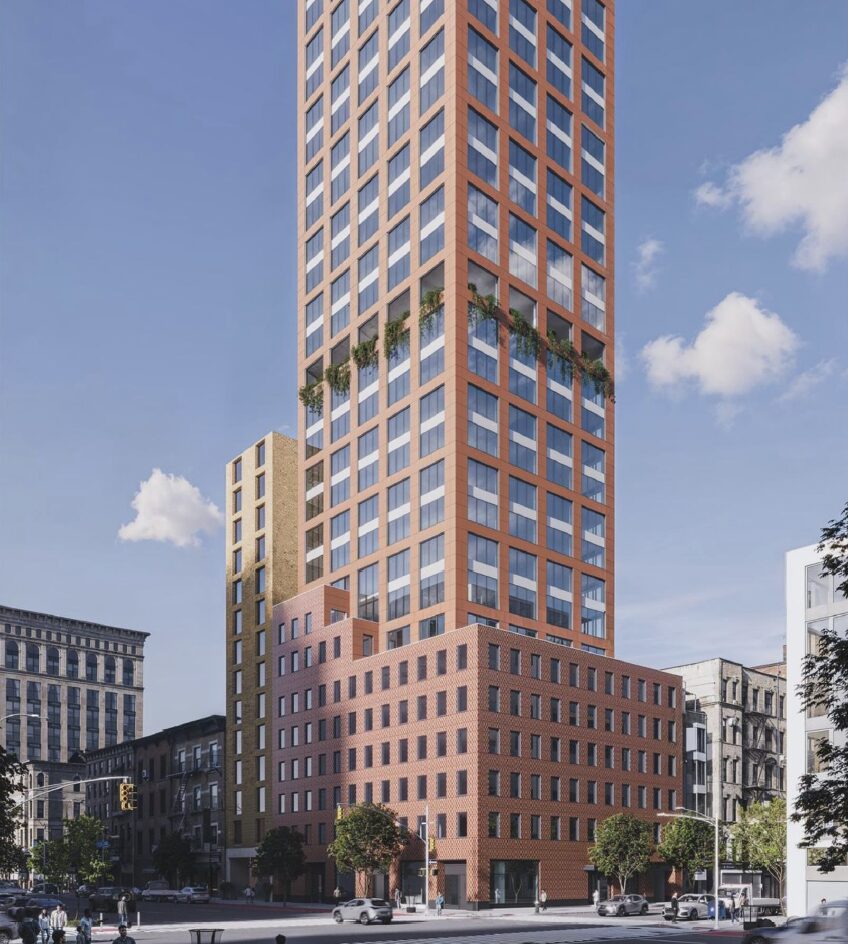
401 East 51st Street in New York City is a striking 29-story condominium tower designed by SLCE Architects, with terracotta elements by Simeon Facades. The building’s distinctive envelope showcases a contemporary use of terracotta cladding, blending traditional warmth with modern precision. This material strategy provides both durability and unique character, setting the project apart in Midtown East. Simeon Facades’ expertise enables the intricate fabrication and seamless assembly of the terracotta elements, elevating both aesthetics and performance for urban living.
200 Park in San Jose, California
Architects: Gensler
Facade engineering: Magnusson Klemencic Associatesk
Photo credits: Jason O’Rear
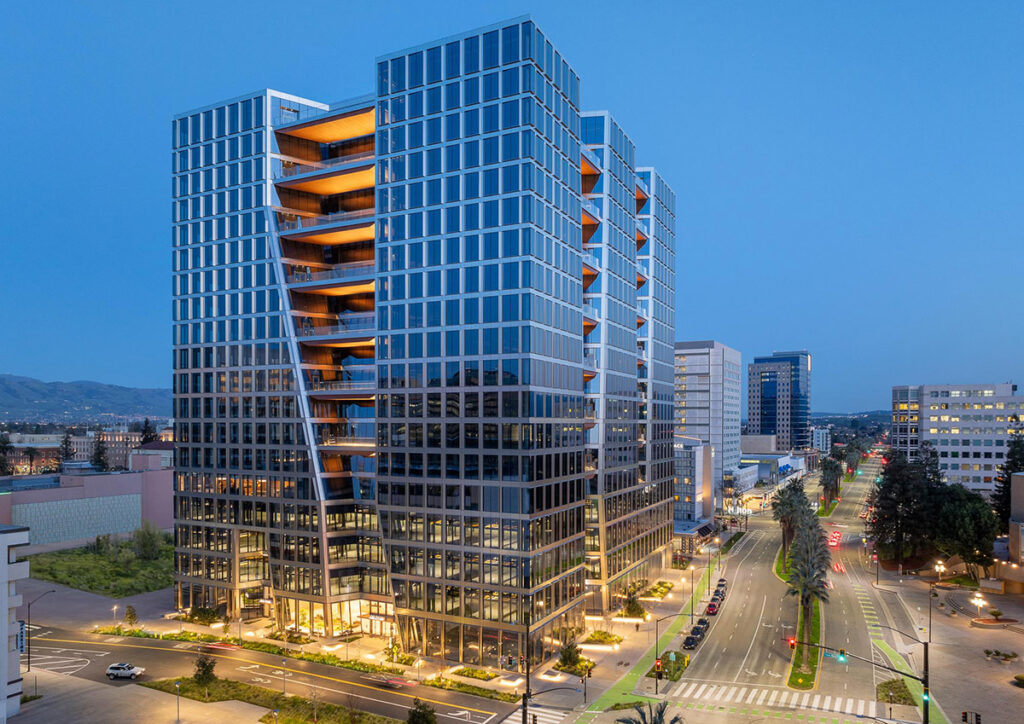
200 Park in San Jose, California, is a progressive office development designed by Gensler with façade engineering by Magnusson Klemencic Associates. The project features a striking stainless steel façade, chosen for its durability, reduced maintenance, and refined aesthetic. Through advanced parametric modelling, the design optimizes solar heat gain while maintaining visual appeal. The stainless steel panels, integrated into a unitized curtain wall system, balance innovation and sustainability, responding efficiently to California’s energy standards and standing as a new benchmark for high-performance office facades in Silicon Valley.
Facade Today is Media Partner of Performance-Based Facade Design 2025.
As part of this partnership, Facade Today supports the event with editorial coverage, digital visibility, and content amplification, helping ideas travel further across the facade engineering and architecture community.
Are you organizing an event related to façade design, smart materials, sustainable construction, or architectural innovation?
Let’s talk! We’re always open to media partnerships that align with our editorial mission and bring value to our readers.
Reach out to us at editor@facadetoday.com
We’d love to hear about your event.
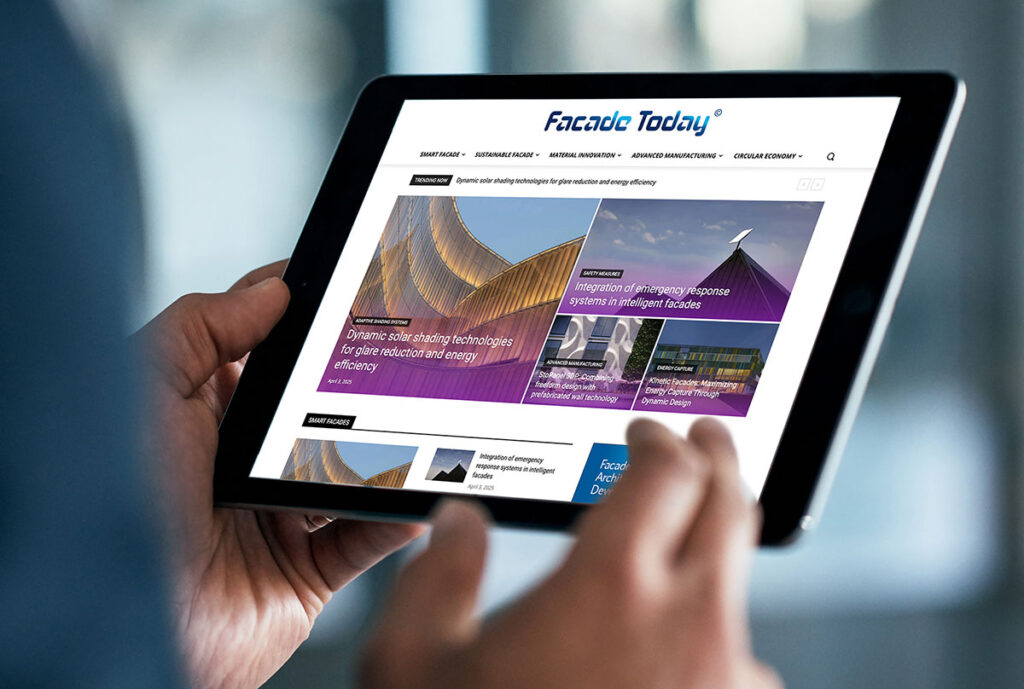
As the Editor of FacadeToday.com, I merge my passion for Design, Architecture and Technologies with three decade of experience collaborating with entrepreneurs across many industries. My career has centered on fostering innovation, scaling business opportunities, and bridging gaps between technical experts, business developers, and creative visionaries. I thrive at the intersection of sustainable solutions, material advancements, and smart technologies, curating insights on themes like energy-efficient facades, smart tech, and advanced manufacturing. With a commitment to lifelong learning, I aim to empower architects and facade engineers by translating innovations into actionable knowledge, driving the industry forward through purposeful connectivity and cutting-edge practices.


